Delivering Health Care In America 8th Edition PDF
Author(s): Leiyu Shi, Douglas A. Singh
Publisher: Jones & Bartlett Learning, Year: 2019
ISBN: 9781284224610
New to This Edition
This edition continues to reference some of the main features of the Affordable Care Act (ACA) wherever it is important to provide contextual discussions from historical and policy perspectives. Several chapters cover t vii viii Preface the main prov1s10ns of the 21st Century Cures Act, which, after a long delay, was finally passed by Congress and signed into law by President Barack Obama in December 2016.
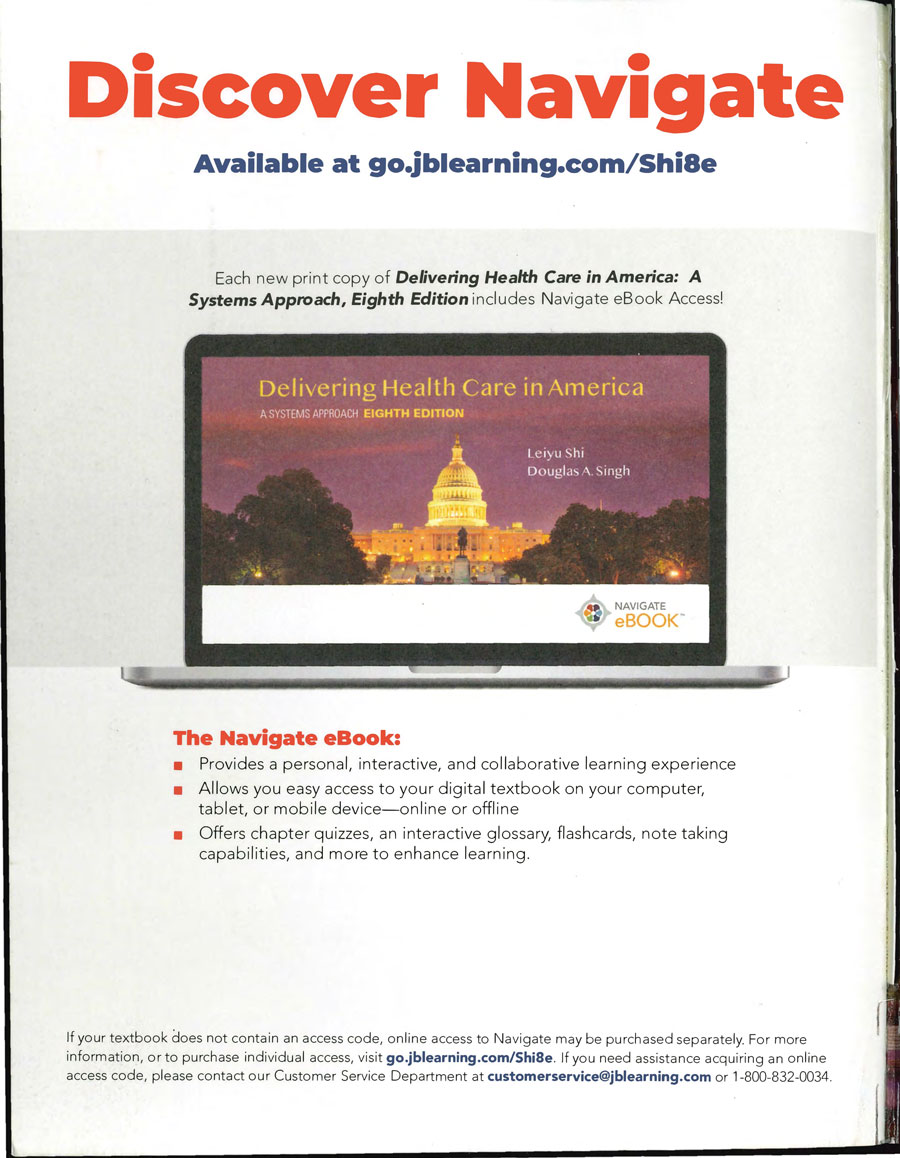
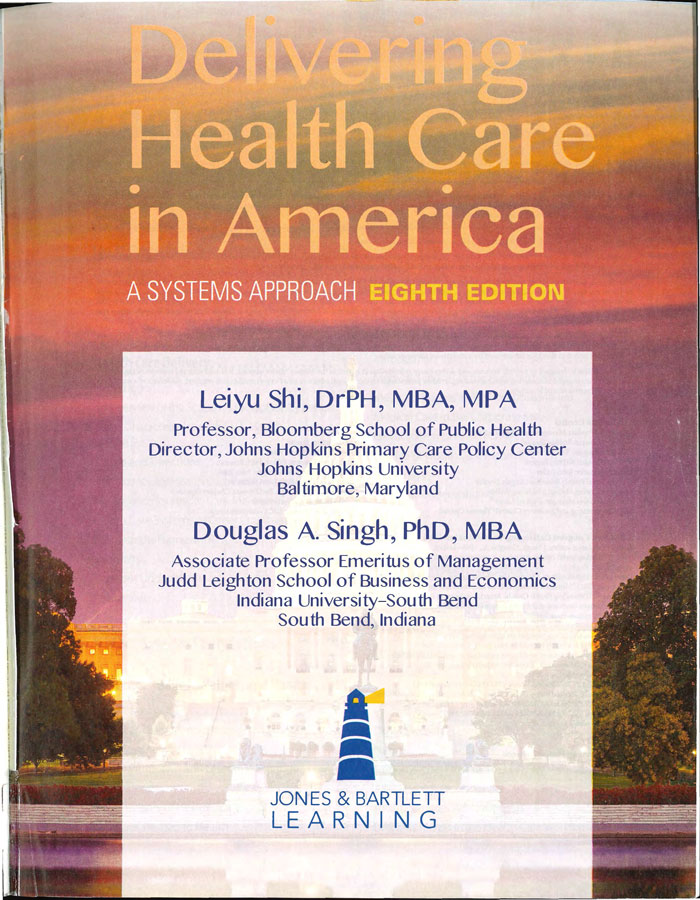
what is a health care delivery system definition
With this Delivering Healthcare In America 8th Edition, we celebrate 23 years of serving instructors, students, policymakers, and others, both at home and overseas, with up-to-date information on the dynamic U.S. health care delivery system. Every effort has been made to update the tables and figures in this edition and to keep the readers abreast of ongoing changes in the financing and delivery of health care.
what are the health care delivery system
In the United States, it appears that we have entered an era of massive government spending of tax dollars with relatively little obj ective examination of the returns that such spending might bring. Hence, in 2021 and beyond, we can expect a significant overhaul of the U.S. health care delivery system. Previously, Democratic politicians had campaigned on slogans such as “Medicare for all;’ a euphemism for a single-payer health care system. Given the lack of specifics offered about this plan, one can only speculate about whether such a system will materialize. Regardless of which direction the U.S.
Must Read: Delivering Health Care in America A Systems Approach 7th
4 Chapter 1 An Overview of U.S. Health Care Delivery
substance abuse treatment facilities ( Centers for Disease Control and Prevention [CDC], 20 16; U.S. Bureau of Labor Statistics, 2020a; National Institute on Drug Abuse [NIDA], 20 18). In 20 1 8, 1 ,375 federally qualified health center grantees provided preventive and primary care services to approximately 28.4 million people living in medically underserved rural and urban areas (Health Resources and Services Administration [HRSA], 201 8). Various types of health care professionals are trained in 180 medical and osteopathic schools (Association of American Medical Colleges, 201 7), 66 dental schools (American Dental Association, 20 1 7), 136 schools of pharmacy (American Association of Colleges of Pharmacy, 20 1 7), and more than 1,500 nursing programs located throughout the country. Multitudes of government agencies are involved with the financing of health care, medical research, and regulatory oversight of the various aspects of the health care delivery system.
A Broad Description of the System
U.S. health care delivery does not function as a rational and integrated network of components designed to work together coherently. To the contrary, it is a kaleidoscope of financing, insurance, delivery, and payment mechanisms that remain loosely coordinated. Each of these basic functional components represents an amalgam of public (government) and private sources. Government-run programs finance and insure health care for select groups of people who meet each program’s prescribed criteria for eligibility.
Basic Components of a Health Care Delivery System
FIGURE 1-1 : illustrates that a health care delivery system incorporates four functional components: financing, insurance, delivery, and payment. Hence, it is termed a quad-function model. Health care delivery systems differ depending on the arrangement of these components. The four functions generally overlap, but the degree of overlap varies between private and government-run systems, and between traditional health insurance and managed care-based systems. In a government-run system, the functions are more closely integrated and may be indistinguishable. Managed care arrangements also integrate the four functions to varying degrees.
Financing
Financing is necessary to obtain health insurance or to pay for health care services. For most privately insured Americans, health insurance is employment based; that is, employers finance health care as a fringe benefit for their employees. A dependent spouse or children may also be covered by the working spouse’s or working parent’s employer. Most employers purchase health insurance for their employees through an MCO or an insurance company selected by the employer.
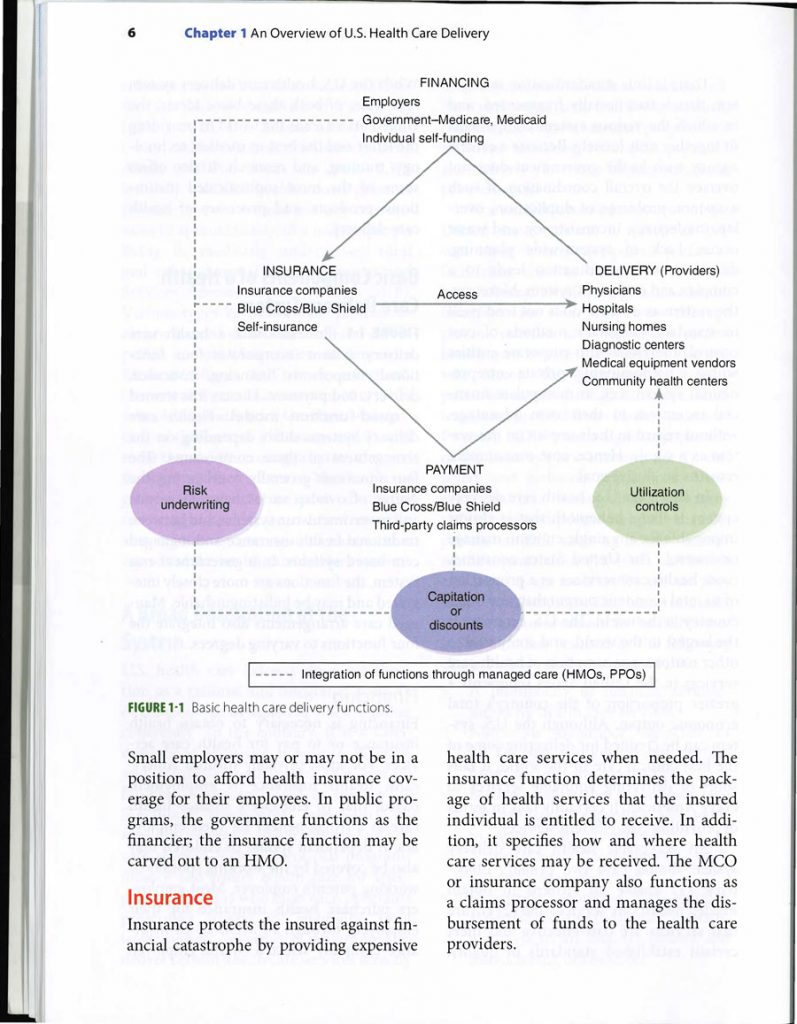
FIGURE 1·1 Basic health care delivery functions.
Small employers may or may not be in a position to afford health insurance coverage for their employees. In public programs, the government functions as the financier; the insurance function may be carved out to an HMO.
Insurance
Insurance protects the insured against fin – ancial ca�astrophe by providing expensive health care services when needed. The insurance function determines the package of health services that the insured individual is entitled to receive. In addition, it specifies how and where health care services may be received. The MCO or insurance company also functions as a claims processor and manages the disbursement of funds to the health care providers.
Delivering
The term “delivery” refers to the provision of health care services by various providers. The term provider refers to any entity that delivers health care services and either independently bills for those services or is supported through tax revenues. Common examples of providers include physicians, dentists, optometrists, and therapists in private practices, hospitals, and diagnostic and imaging clinics, and suppliers of medical equipment (e.g., wheelchairs, walkers, ostomy supplies, oxygen). With few exceptions, most providers render services to people who have health insurance, and even those covered under public insurance programs receive health care services from private providers.
Payment
The payment function deals with reimbursement to providers for services delivered. The insurer determines how much is paid for a certain service. Funds for actual disbursement come from the premiums paid to the MCO or insur .ance company. At the time of service, the patient is usually required to pay an outof-pocket amount, such as $25 or $30, to see a physician. The remainder is covered by the MCO or insurance company. In government insurance plans, such as Medicare and Medicaid, tax revenues are used to pay providers.
people with disabilities, some people with very low incomes, and children from low-income families. The program for the elderly and certain disabled individuals, which is administered by the federal government, is called Medicare. The program for the indigent, which is jointly administered by the federal government and state governments, is named Medicaid. The program for children from lowincome families, another federal-state partnership, is called the Children’s Health Insurance Program


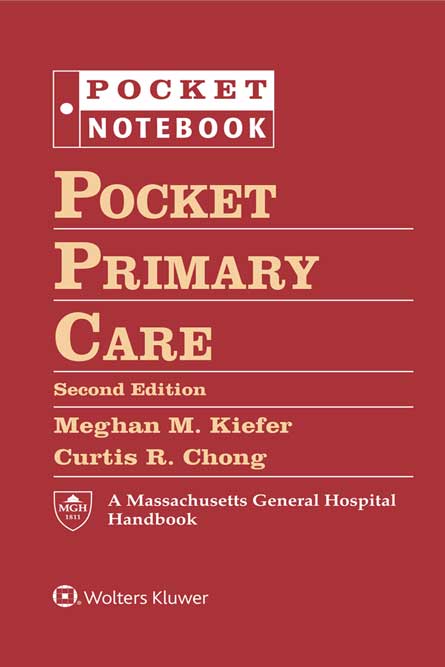
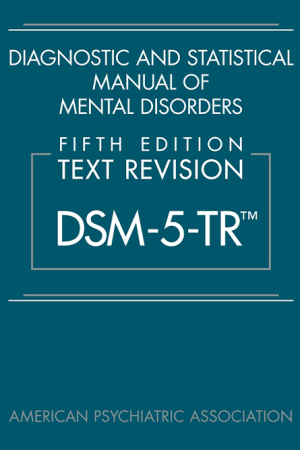
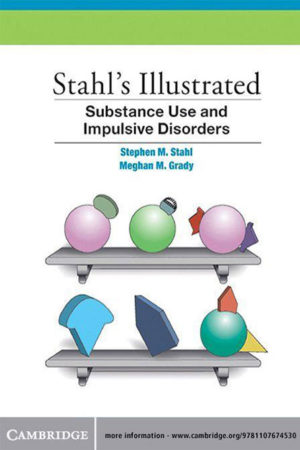

diyeule –
Verified Purchase
dryfinish –
Verified Purchase